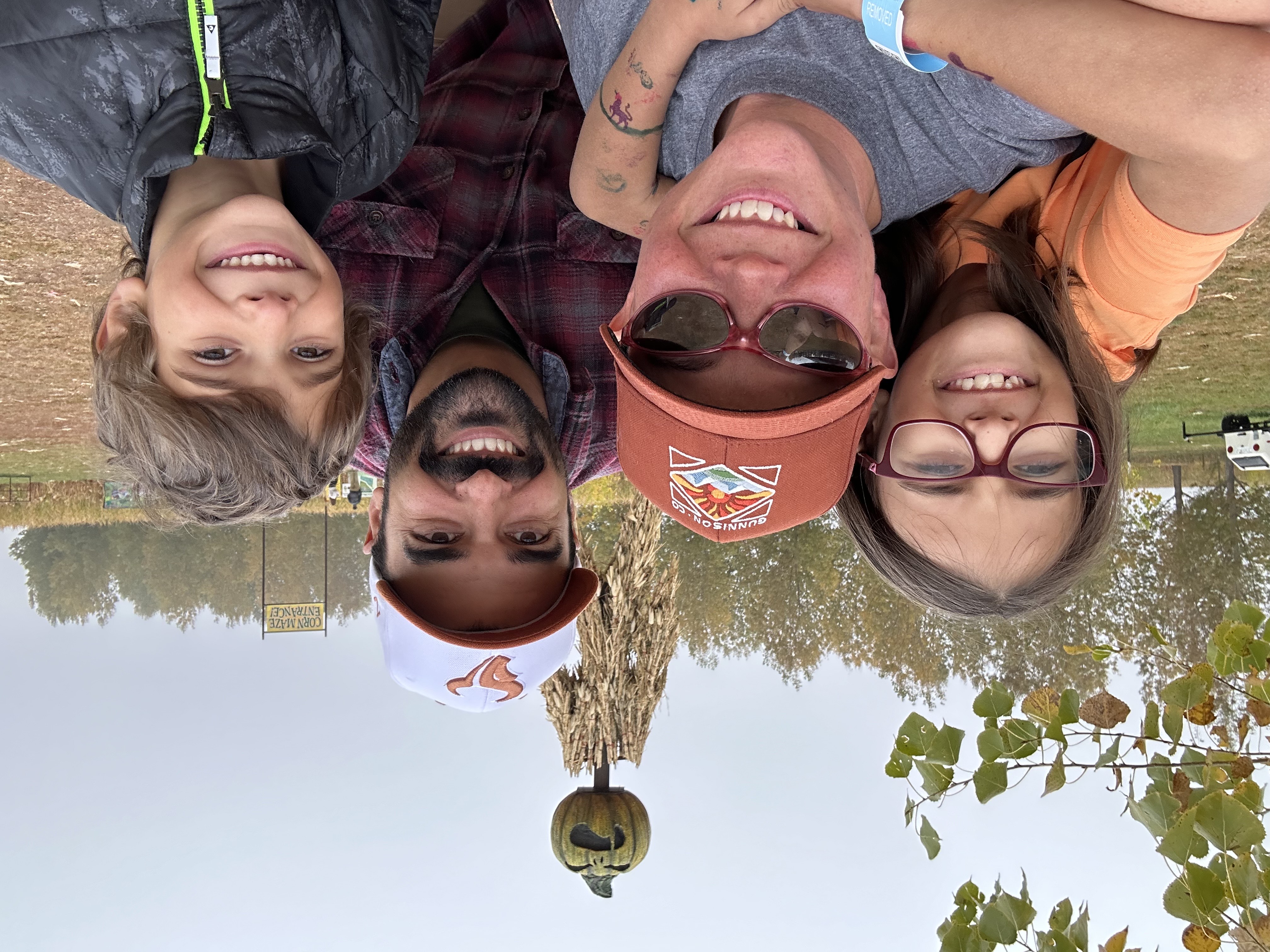Powering informed healthcare decisions through data science

When healthcare providers at Boston Medical Center needed to know if they should administer more anesthetic to cannabis users because they may have developed a tolerance to the medication, they knew a Montana Tech Oredigger could give them the answer. Erin Dienes (Mathematical Sciences, ’07) is a biostatistics consultant for the national leader in clinical care and largest essential hospital in New England.
“We did a meta-analysis, which combines the results from several published papers to determine if there is a trend suggesting cannabis users need more of this particular anesthetic than noncannabis users,” Dienes said. “We found that they do.”
Dienes, a native of Absarokee who went on to earn a Ph.D. in Biostatistics from the University of California-Davis, has spent her working career crunching the numbers to help health agencies and providers make important data-driven decisions about how to achieve better outcomes and ultimately improve the lives of patients. It’s a journey born from a love of mathematics, an interest in healthcare, and a drive to make an impact.
“I had an interest in medical research,” Dienes said. “I didn’t want to be a doctor; I didn’t want to be a nurse. I didn’t want to be hands-on, but I was still interested in making a difference, and I was really good at math.”
Dienes says careers in mathematics and data science are numerous. Careers range from statistician and data scientist to artificial intelligence/machine learning engineer and generative artificial intelligence scientist. The Bureau of Labor Statistics predicts the job market for data scientists will grow 36% over the next 10 years, much faster than average. The Bureau reports the median salary for data scientists in 2023 was $108,020 per year, or $51.93 per hour.
“If you are analytical minded and you want to have a lot of variety in your career and be able to impact numerous fields, this is the path for you,” Dienes said. “Statistics and data science have a large presence in so many areas, including medicine and genomics, economics, manufacturing, mining, etc.”
Though Dienes specialized in biostatistics, her experience is vast, with numerous types of projects under her belt. She has worked for the National Center for Health Statistics, crafting sampling plans for the National Health Interview Survey for the Centers for Disease Control. The surveys are used to produce national health estimates and help guide public health policy decisions by the federal government. Her job was to make the sampling plan for
the survey adaptable.
“It is a large national survey and it was going through a redesign where they wanted to plan sample size,” Dienes said. “The sample size can be heavily impacted by government funding. It depends on the administration. You’ll go through potentially three different administrations during the survey, and some administrations may be very pro national surveys and keep the funding coming. Others might cut the funding by some amount, so we needed our sample design to be flexible. We had to consider a lot of different scenarios and a lot of simulations to find the sweet spot.”
She also worked on heat maps to show where teen pregnancy rates were the highest in the U.S, and developed a sampling plan and analysis of 180,000 social media posts to gather information about the abuse and misuse of prescription opioids.
Dienes said Montana Tech set her up for success, with ample opportunities for one-on-one mentoring from professors and additional resources through the tutoring center.
“I think the quality of the education is what matters the most,” she said. “I wouldn’t trade going to Montana Tech for anything. I feel like Tech set me up for everything else that came after that. Obviously, I can’t go back and go to a larger school, but I felt like the size of Montana Tech, the class sizes, knowing all the faculty in the Mathematical Sciences Department and being in a close
group, was perfect.”